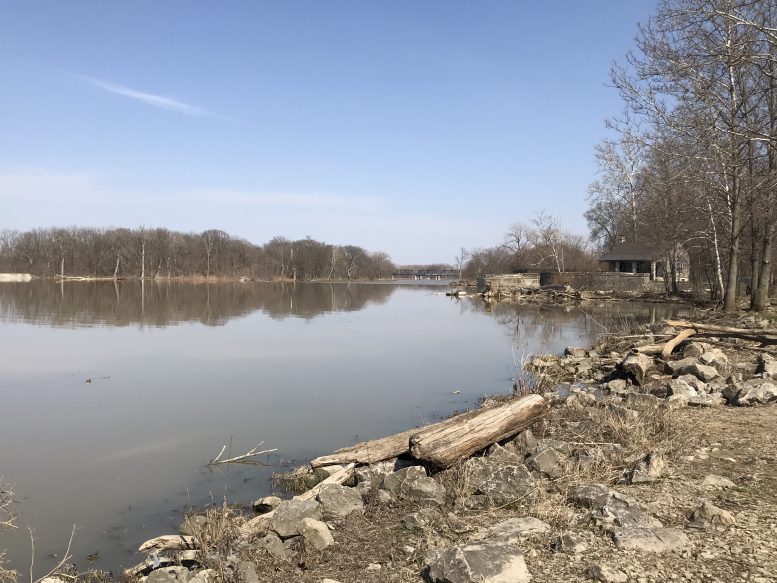Ohio EPA has released the draft water quality improvement plan to reduce nutrients going into the Western Lake Erie Basin from the Maumee River watershed. Ohio EPA is taking comments on the plan, called a Total Maximum Daily Load (TMDL) draft report, until March 8, 2023.
The agency will hold a webinar to provide the public with information on Feb. 8, 2023, and hold two public hearings on Feb. 23, 2023.
To help the public better understand the draft report prior to submitting their comments at the public hearing, Ohio EPA will hold an informational webinar on Feb. 8, 2023, during which Ohio EPA representatives will discuss the draft report and answer questions.
Public hearings will be held in person at 2 p.m. and 6 p.m. on Feb. 23, 2023, at the Veterans Memorial Building Atrium, 520 Conneaut Ave., Bowling Green. The 6 p.m. hearing also will be offered virtually on Go-To Webinar. During the hearings, the public can submit comments for the record regarding the draft report. To register for the virtual webinar use this link: https://attendee.gotowebinar.com/register/2417163492043049301.
The objective of a TMDL is to restore water quality for an impaired waterbody. TMDLs determine the pollutant loading capacity of the waterbody and distribute the load to different pollutant sources. A TMDL identifies the links between a waterbody use impairment, sources of impairment, and the pollutant load reductions needed to meet the applicable water quality standards. It serves as a roadmap for measures that can be taken to improve water quality.
The goal of the Maumee Watershed Nutrient TMDL Project is to remove use impairments for drinking water, aquatic life, and recreation in Ohio’s Western Basin of Lake Erie due to harmful algal blooms. To achieve this goal, this draft report plans reductions to the phosphorus load delivered from the Maumee River watershed.
The TMDL draft report contains a comprehensive review of phosphorus sources, including all point and nonpoint sources. Ohio EPA considered the relative contribution of each source, available technology to manage load reductions, cost of implementing technology, and other factors.
Weighing this information, Ohio EPA determined the reductions needed from different sources to meet water quality standards. Point sources are regulated by Ohio EPA and reductions are addressed through the agency’s permitting programs. Nonpoint sources, which make up the majority of the phosphorus load, have been the focus of much research in the Maumee watershed. The implementation plan included in the draft TMDL report shows how nonpoint source reductions will be addressed.
The TMDL draft report is the fifth step in a multi-step development process. Ohio EPA has been holding monthly webinars or meetings with stakeholders since October 2021 as this TMDL has been developed. To learn more about the TMDL process visit: https://epa.ohio.gov/static/Portals/35/tmdl/TMDL_Fact_Sheet_Feb_2020.pdf.
Written comments on the draft TMDL report will be accepted at the hearing, may be emailed to EPATMDL@epa.ohio.gov, or mailed to Ohio EPA-DSW, Attention: Total Maximum Daily Load Program, P.O. Box 1049, Columbus, OH 43216-1049. Comments will be accepted until March 8, 2023. Ohio EPA will consider all comments before issuing a final TMDL report.
To request a reasonable accommodation due to a disability, visit: epa.ohio.gov/ada.

